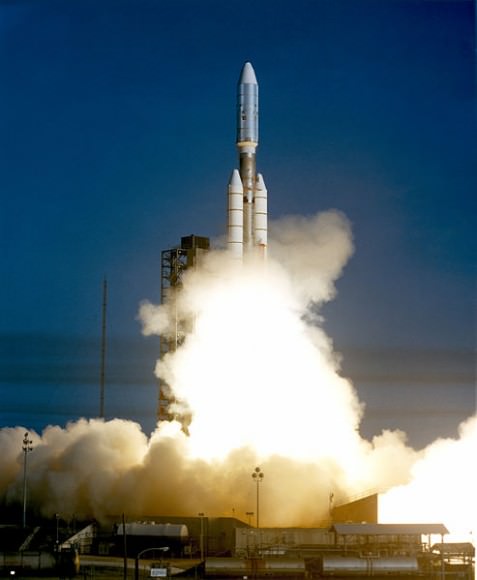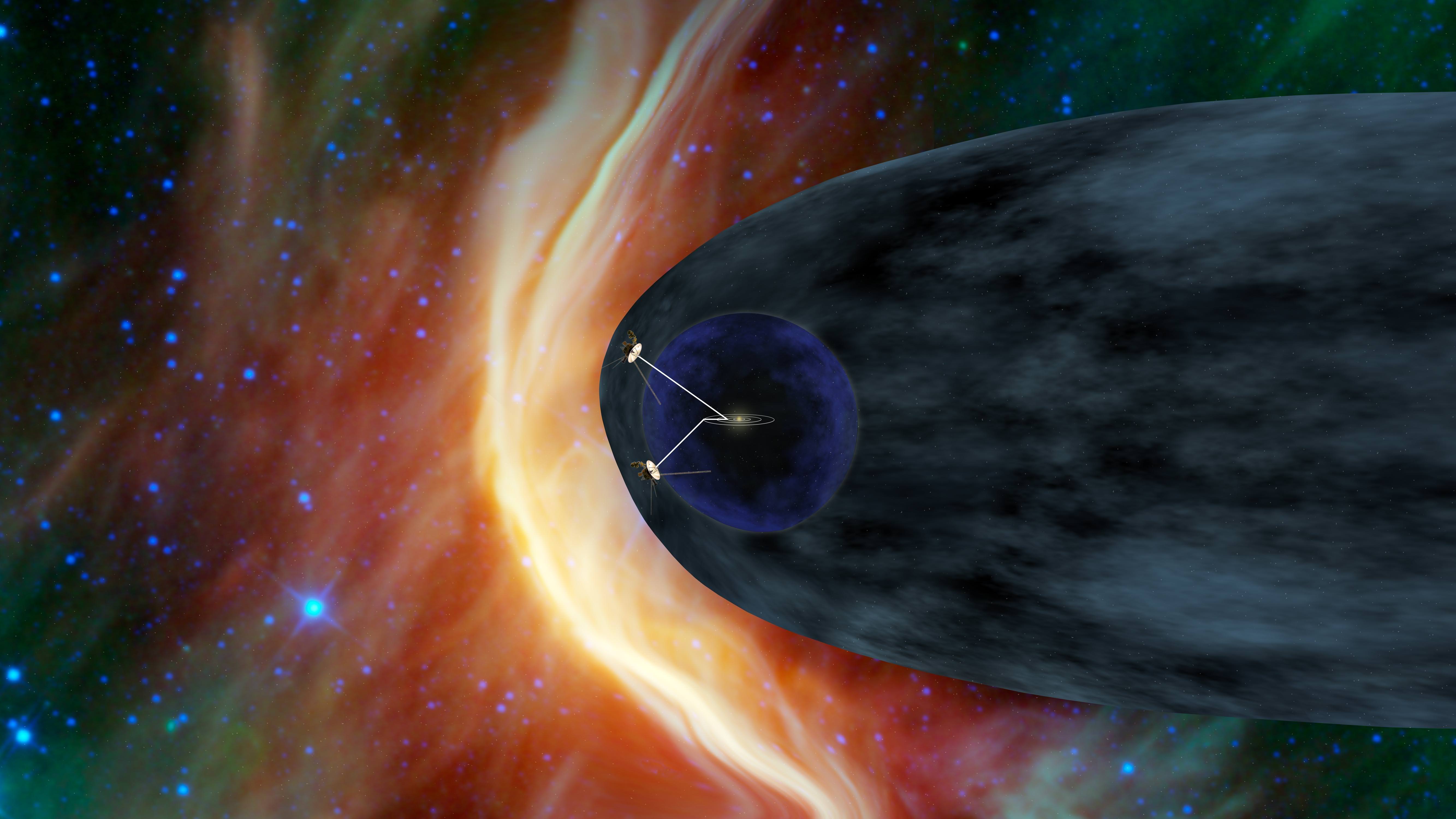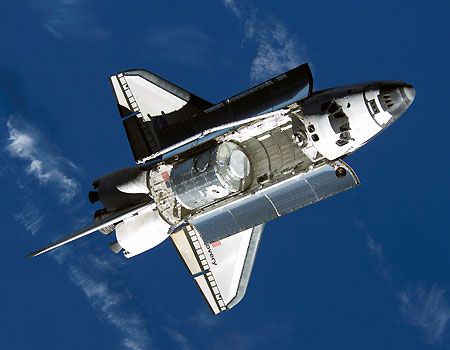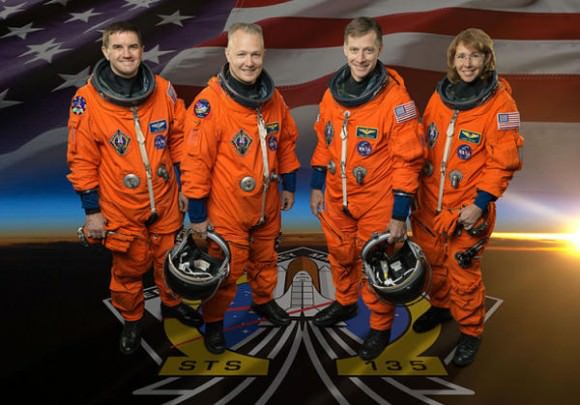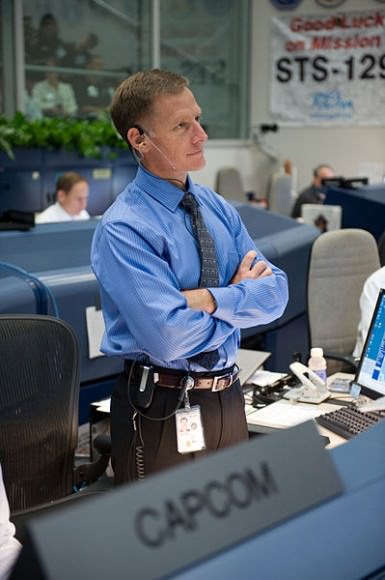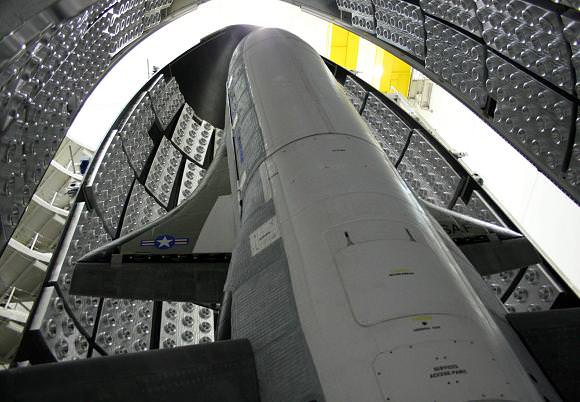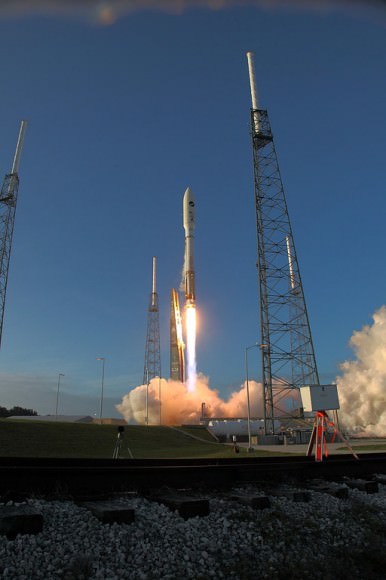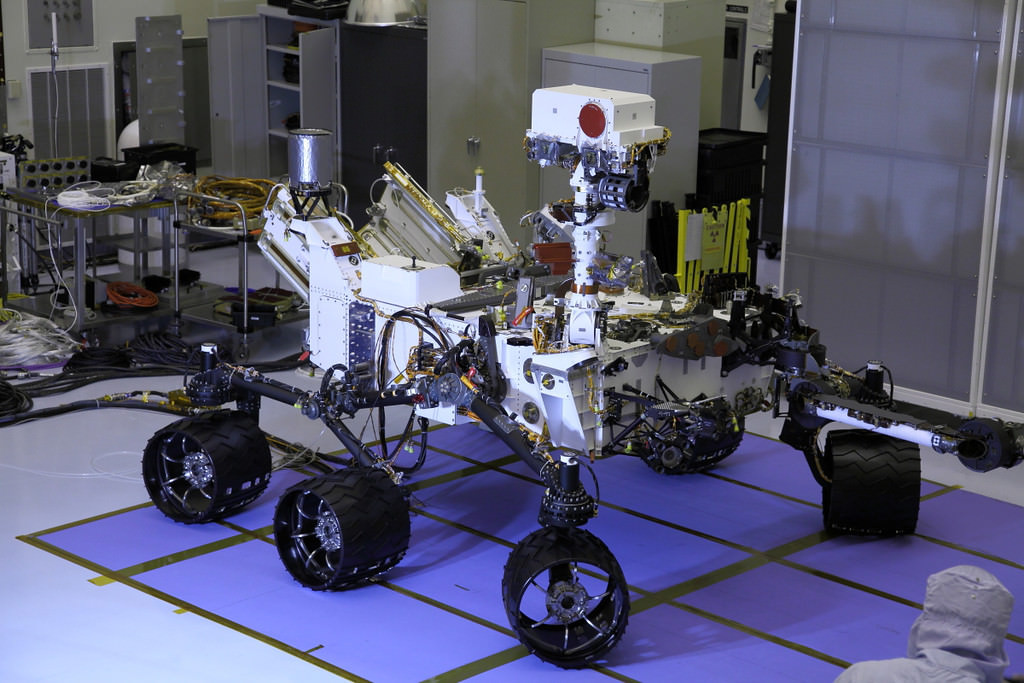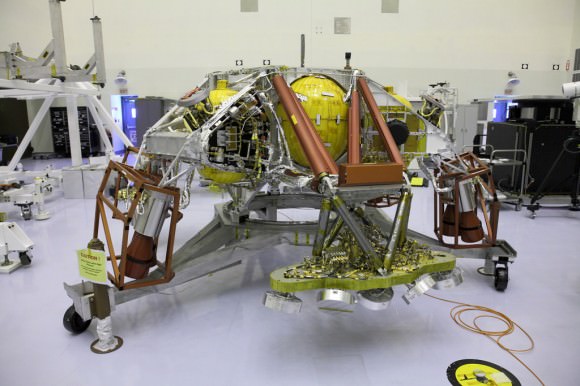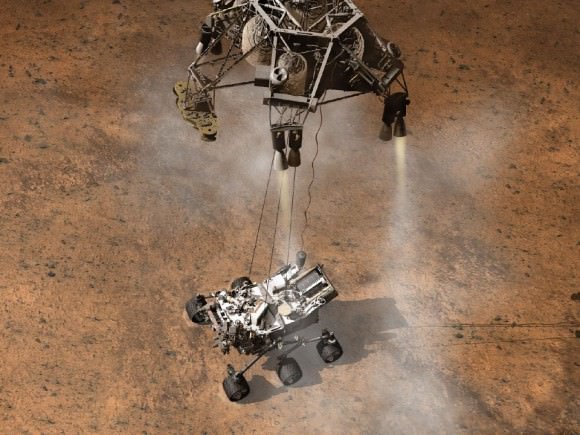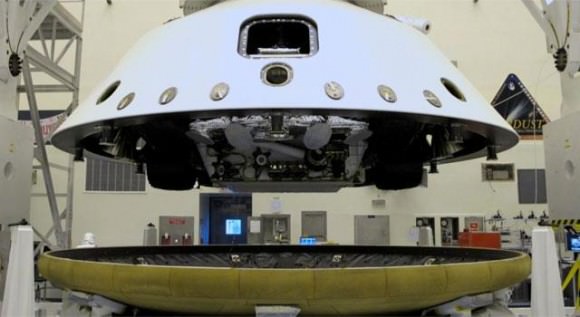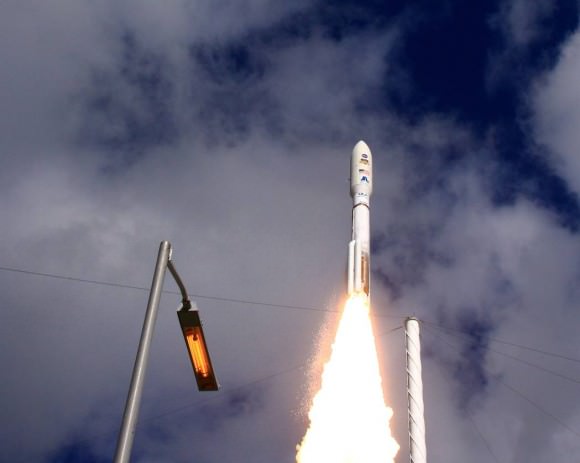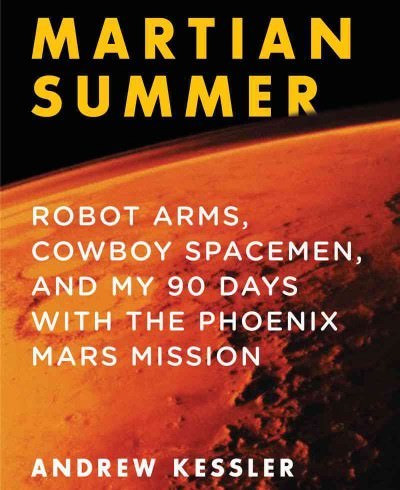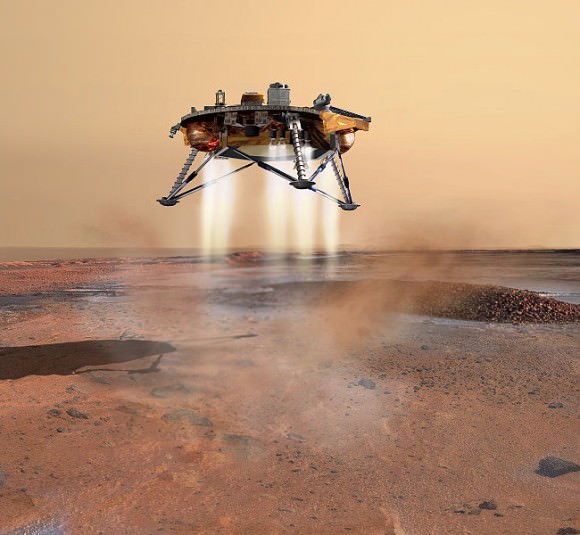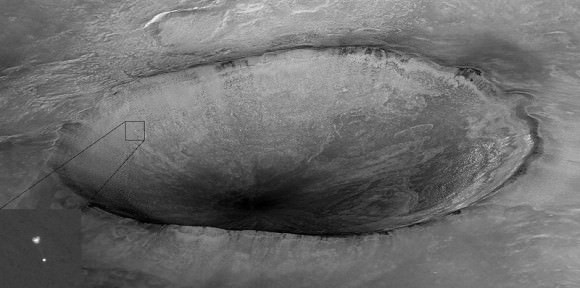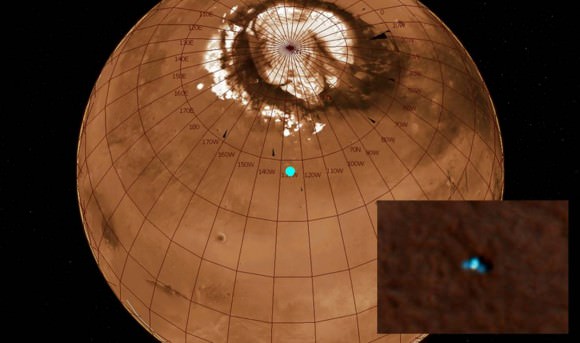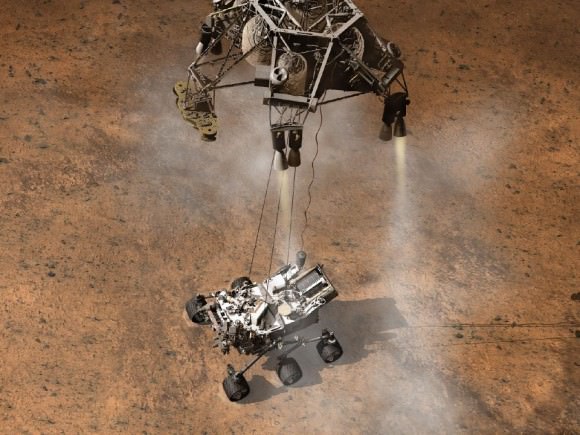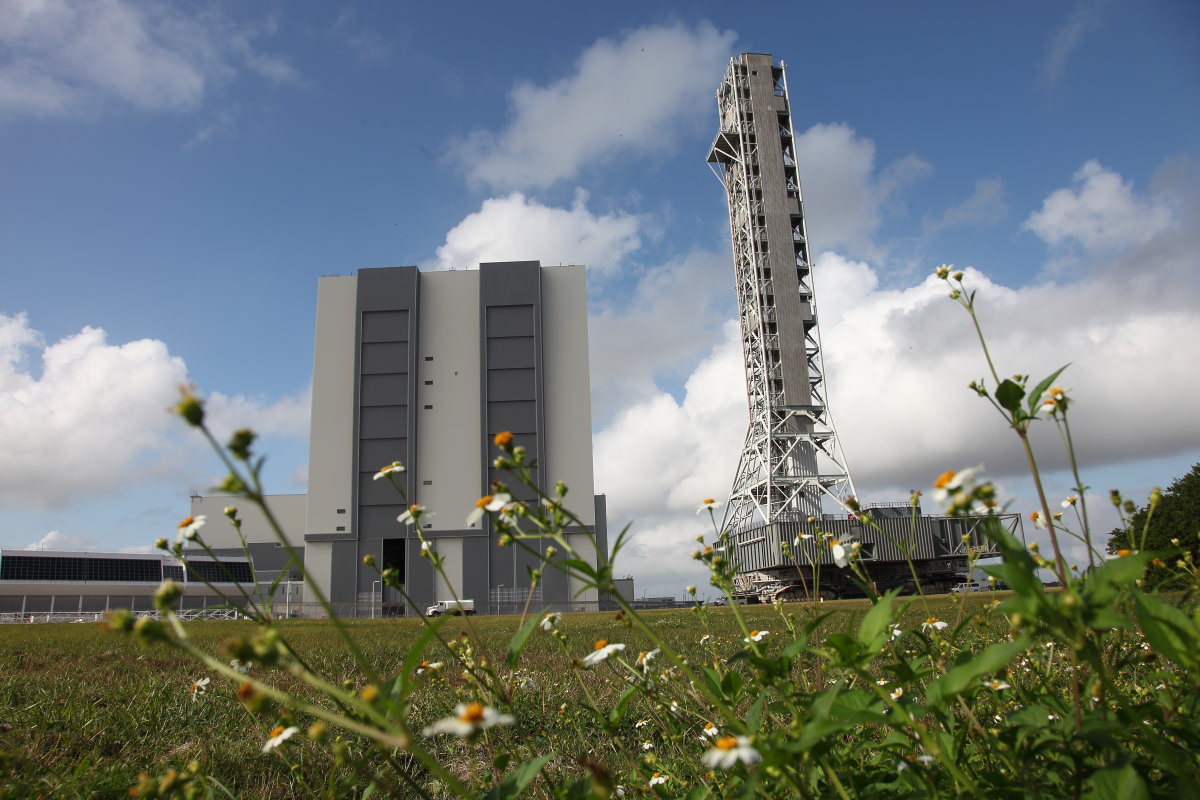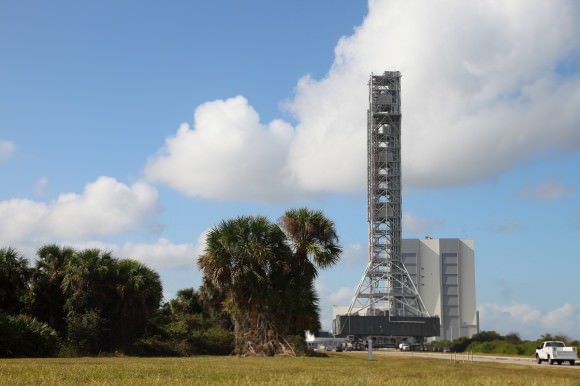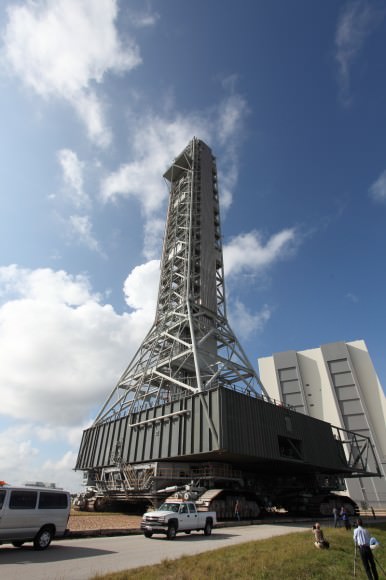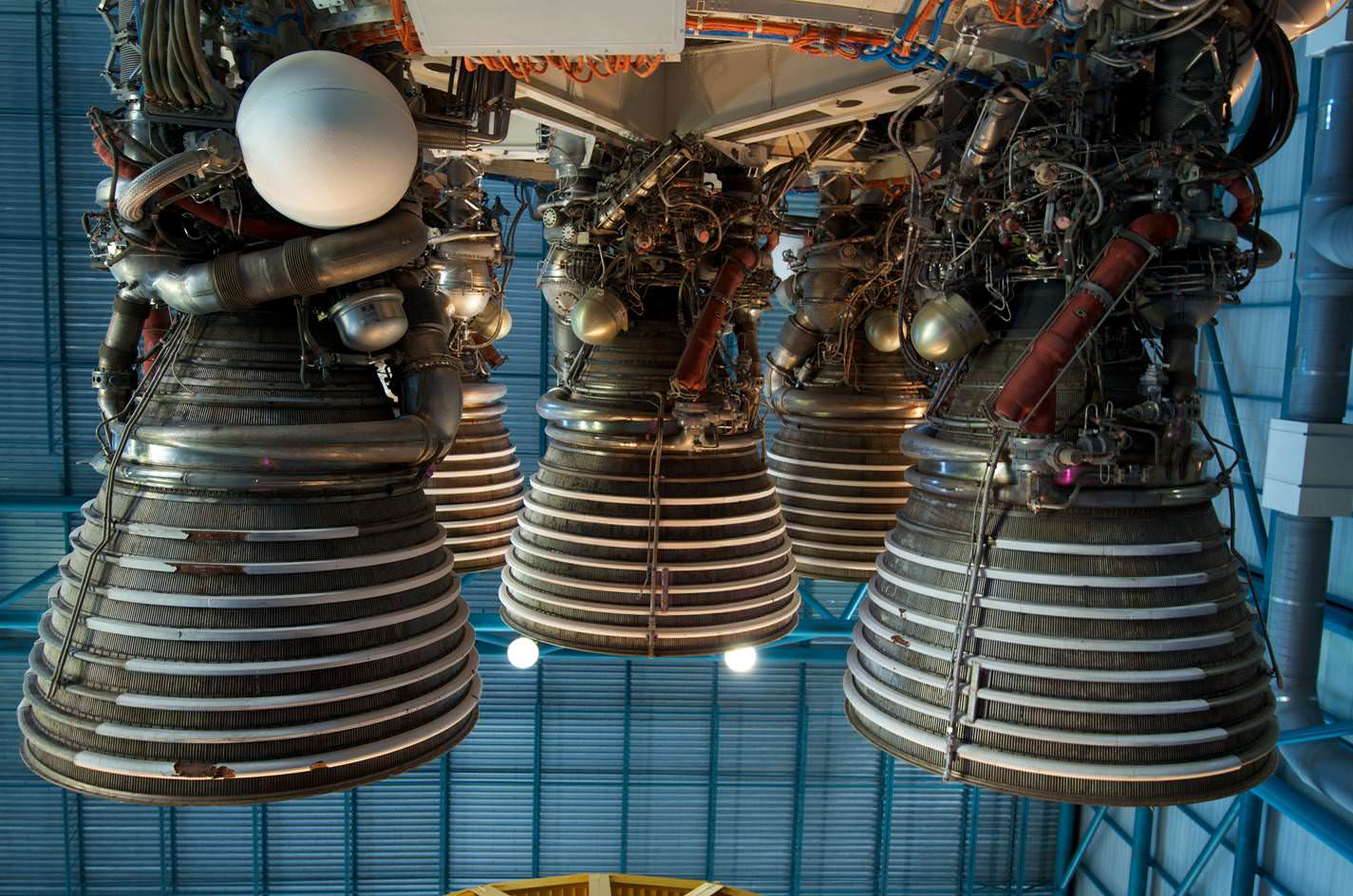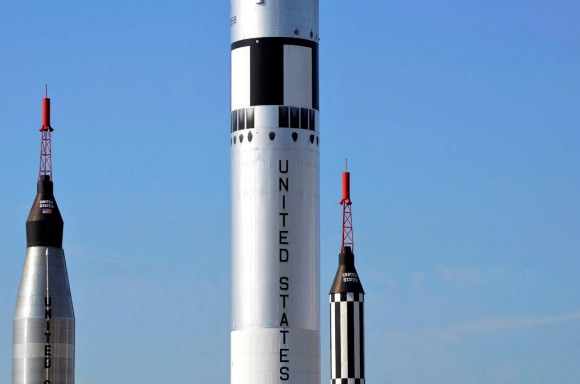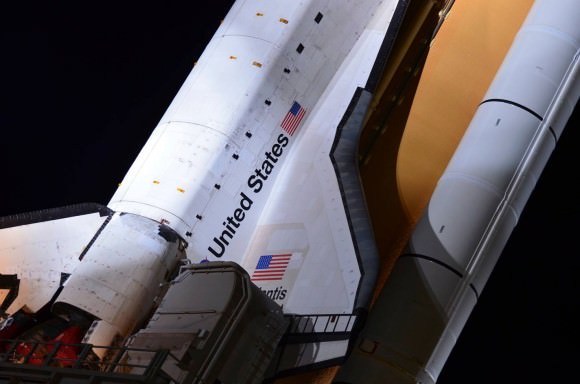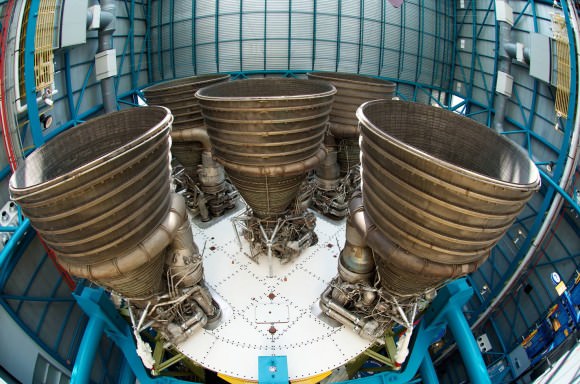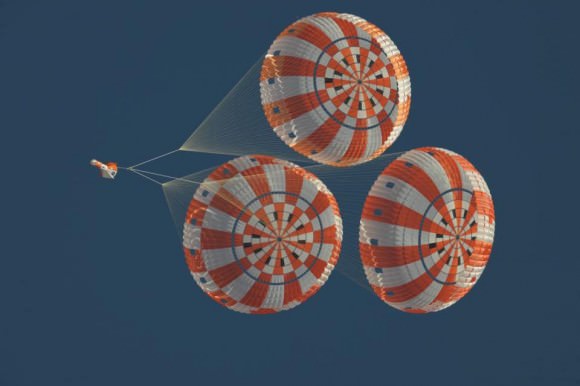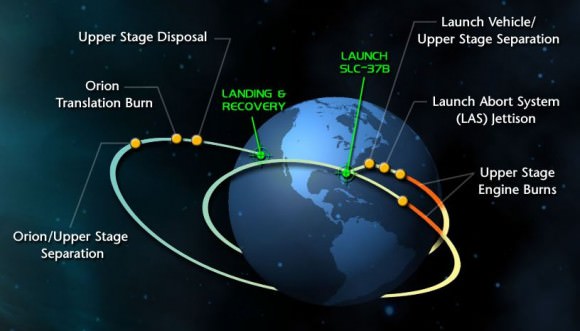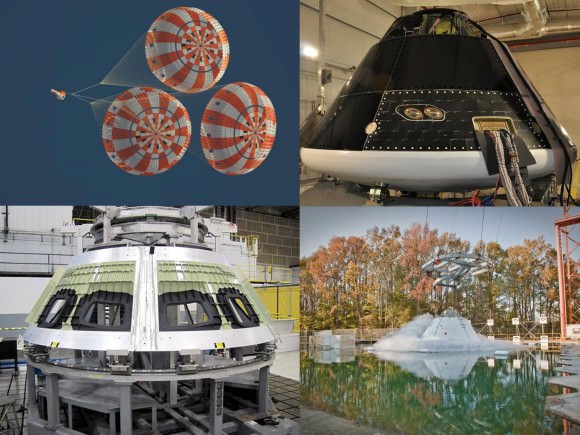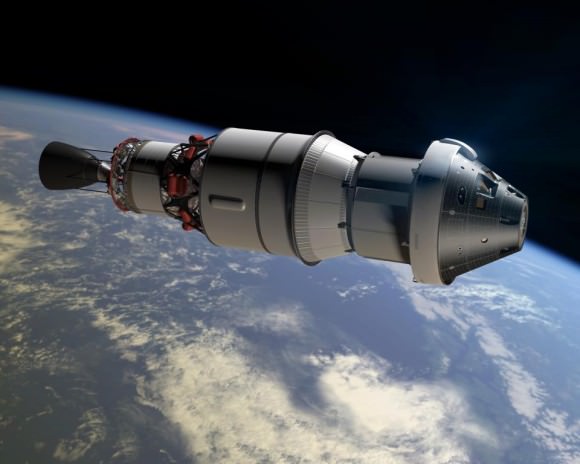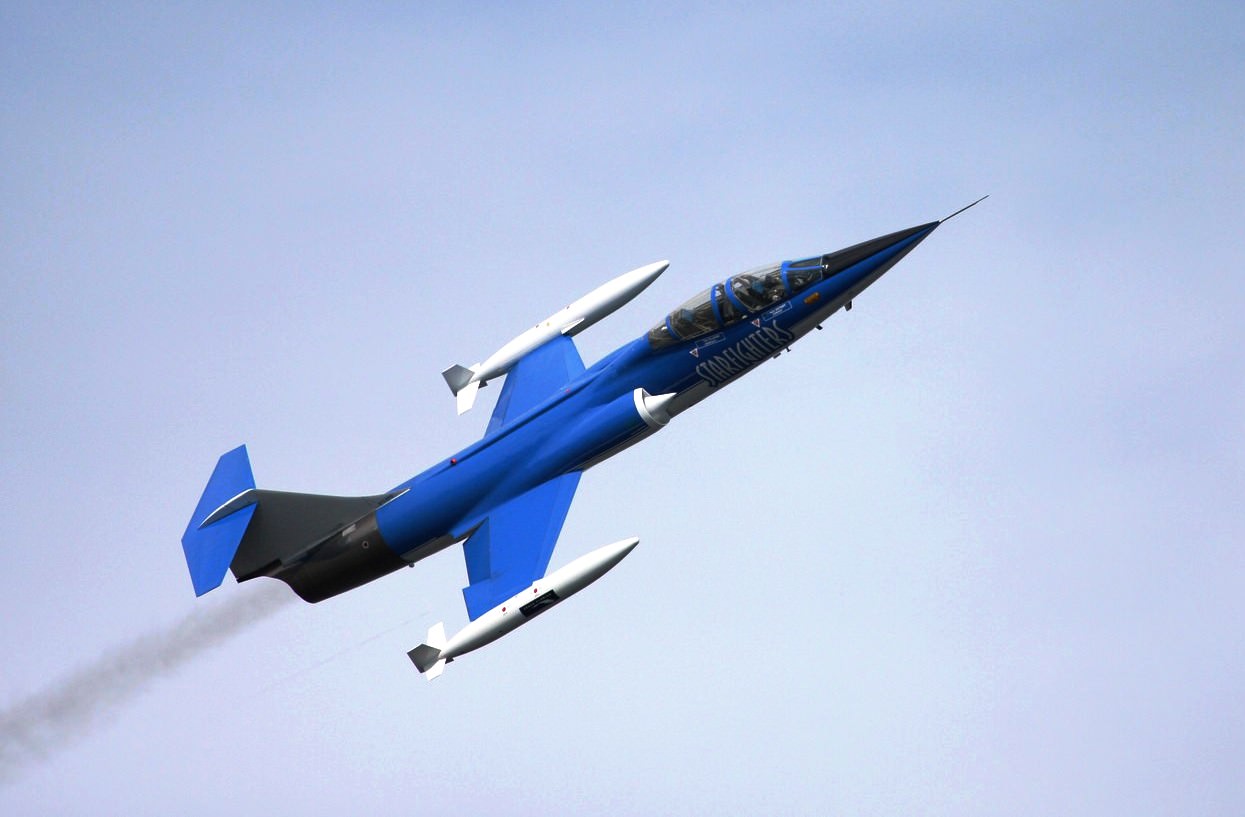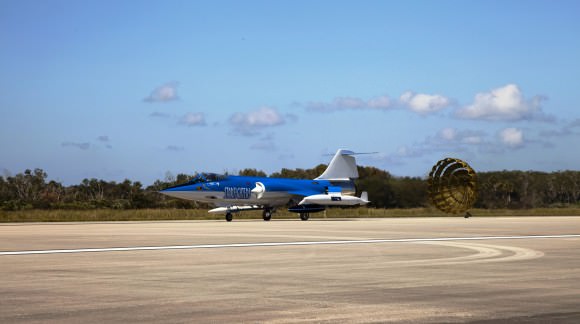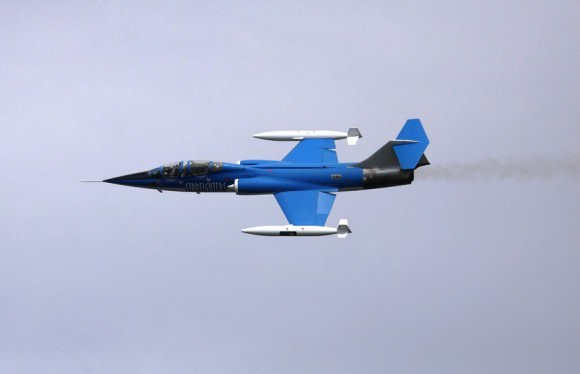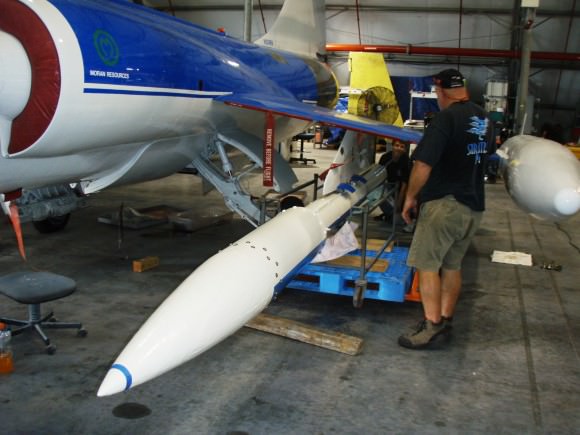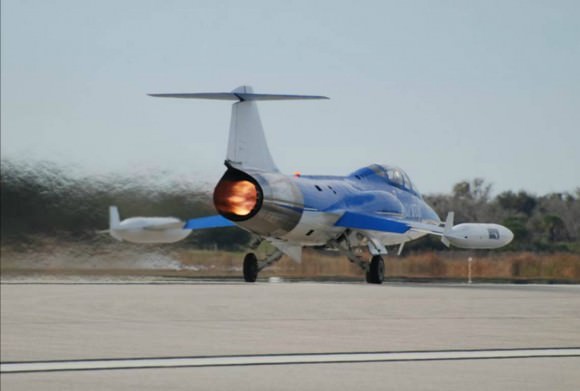[/caption]
Voyager 1 is in uncharted territory. The long-lived spacecraft has entered a new region of space that lies between where our solar system ends and where interstellar space begins. This area is not a place of sightseeing however, as a NASA press release referred to it as a kind of “cosmic purgatory.”
Here, the solar winds ebb somewhat, the magnetic field increases and charged particles from within our solar system – is leaking out into interstellar space. This data has been compiled from information received from Voyager 1 over the course of the last year.
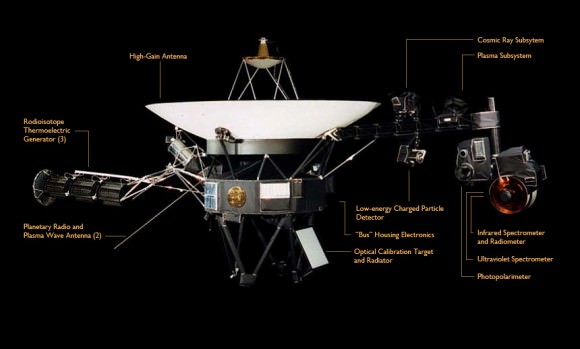
“Voyager tells us now that we’re in a stagnation region in the outermost layer of the bubble around our solar system,” said Ed Stone, Voyager project scientist at the California Institute of Technology in Pasadena. “Voyager is showing that what is outside is pushing back. We shouldn’t have long to wait to find out what the space between stars is really like.”
Despite the fact that Voyager 1 is approximately 11 billion miles (18 billion kilometers) distant from the sun – it still has not encounter interstellar space. The information that scientists have gleaned from the Voyager 1 spacecraft indicates that the spacecraft is still located within the heliosphere. The heliosphere is a “bubble” of charged particles that the sun blows around itself and its retinue of planets.
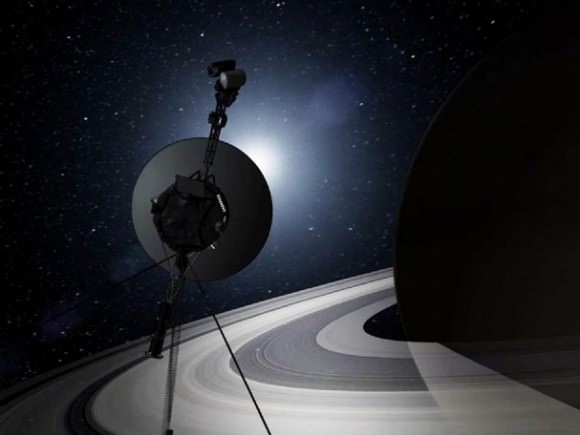
The latest findings were made using Voyager’s Low Energy Charged Particle instrument, Cosmic Ray Subsystem and Magnetometer.
Experts are not certain how long it will take the Voyager 1 spacecraft to finally breach this bubble and head out into interstellar space. Best estimates place the length of time when this could happen anywhere from the next few months – to years. These findings counter findings announced in April of 2010 that showed that Voyager 1 had essentially crossed the heliosphere boundary. The discoveries made during the past year hint that this region of space is far more dynamic than previously thought.
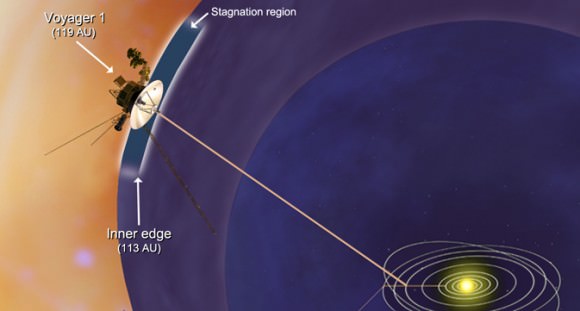
The magnetometer aboard Voyager 1 has picked up an increase in the intensity of the magnetic field located within this “stagnation field.” Essentially the inward pressure from interstellar space is compressing the magnetic field to twice its original density. The spacecraft has also detected a 100-fold increase in the intensity of high-energy electrons diffusing into our solar system from outside – this is yet another indicator that Voyager 1 is approaching the heliosphere.
The interplanetary probe was launched from Cape Canaveral Air Force Station’s Space Launch Complex 41 (SLC-41) on Sept. 5, 1977, Voyager 1’s sister ship, Voyager 2 is also in good health and is about 9 billion miles (15 billion kilometers) from the sun (it too was launched in 1977). The spacecraft itself was built by NASA’s Jet Propulsion Laboratory in Pasadena, Calif.
“Voyager is a mission of discovery and it’s at the edge of the solar system still making discoveries,” said Stone said. “The stagnation is the latest in the whole journey of discovery. We are all excited because we believe it means we’re getting very close to boundary of heliosphere and the entry into interstellar space.”
